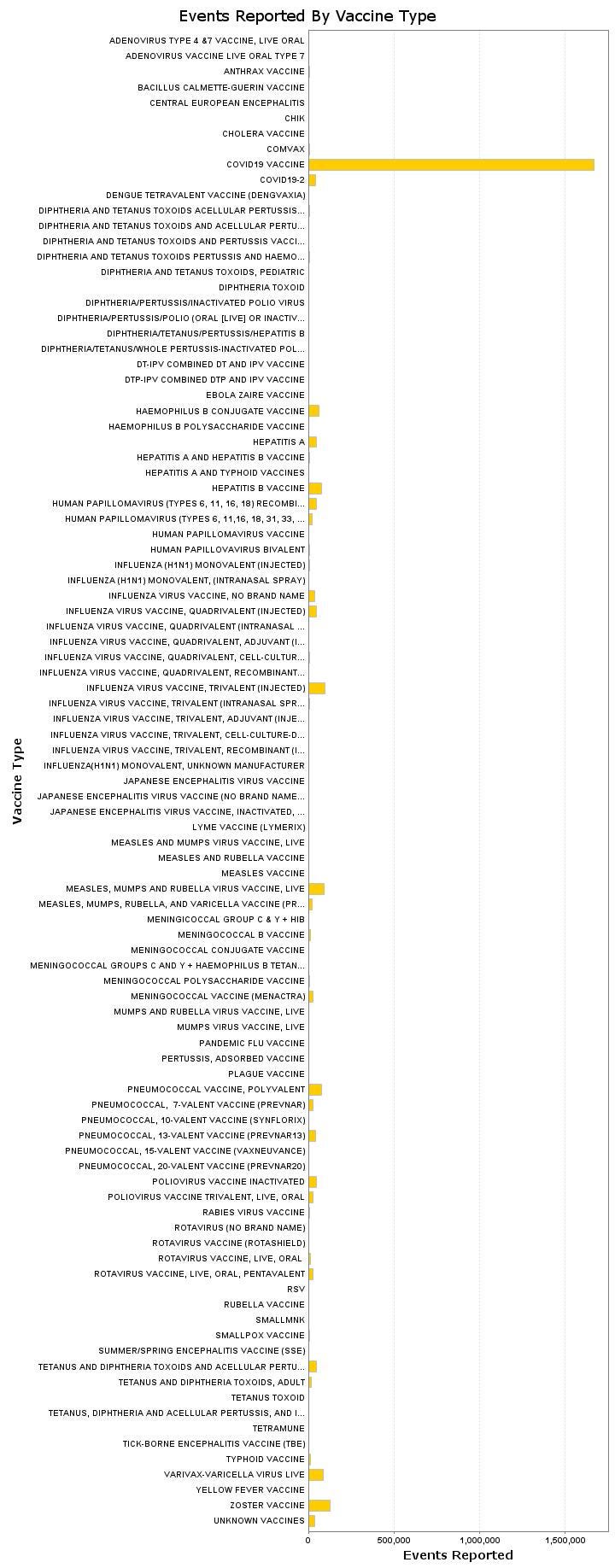Our health insurance carrier sent out some “helpful” advice regarding staying healthy. This included various activities at the doctor’s office representing billable hours. There was nothing in the mailer regarding a healthful diet, walking in the sunshine, and so on.
I was particularly alarmed examining the recommended vaccination schedule for children. This has increased substantially since I was a child, with no obvious benefit for children’s health from my perspective as an instructor.
The following graphic indicates the number of recommended injections each year from ages 0 to 18, as well as the cumulative number of injections.
Note that within the first year of life, 24 injections are recommended, for an average of one about every two weeks. It is remarkable that any babies survive infancy at this rate.
Speaking of infancy and rates, I went to VAERS to compute the number of adverse events experienced per year as stratified by age groups. The graphic is shown below.
I used Steve Kirsch’s logic on this diagram. As he would say, if the injections were perfectly safe, then one would expect all the bars to be about equally long. Remember, these bars don’t represent the absolute number of adverse events for these age categories, whose widths differ. Rather, they represent the number of adverse events divided by the width of the interval.
As you can see, there is not much variation among the experiences of all cohorts older than age 3. Below age 3, however, there is a significant impact of the injections. The impact below age 6 months is astronomical.
The chart seems to suggest that even if you are a supporter of vaccination, there may be a compelling reason to delay it until after the child turns 3. However, the upper chart implies that catching up on the earlier injections may cause the same problems at a later age.
Perhaps the ultimate lesson is to reduce drastically the size of the vaccination schedule. My recollection is that when I was a child, the only required vaccines were polio, smallpox, and DTAP (diphtheria, tetanus, and pertussis). As Robert F. Kennedy, Jr. has pointed out, the CDC itself concedes that the rate of chronic disease has jumped in the last 60 years, to the point that 60% of Americans now have at least one chronic disease.
Of course, there is one injection which dominates the others, responsible for 64% of all adverse event reports. You can find it in the image below from VAERS.








There has been a dramatic increase in Autism since the vaccination rate increased too.